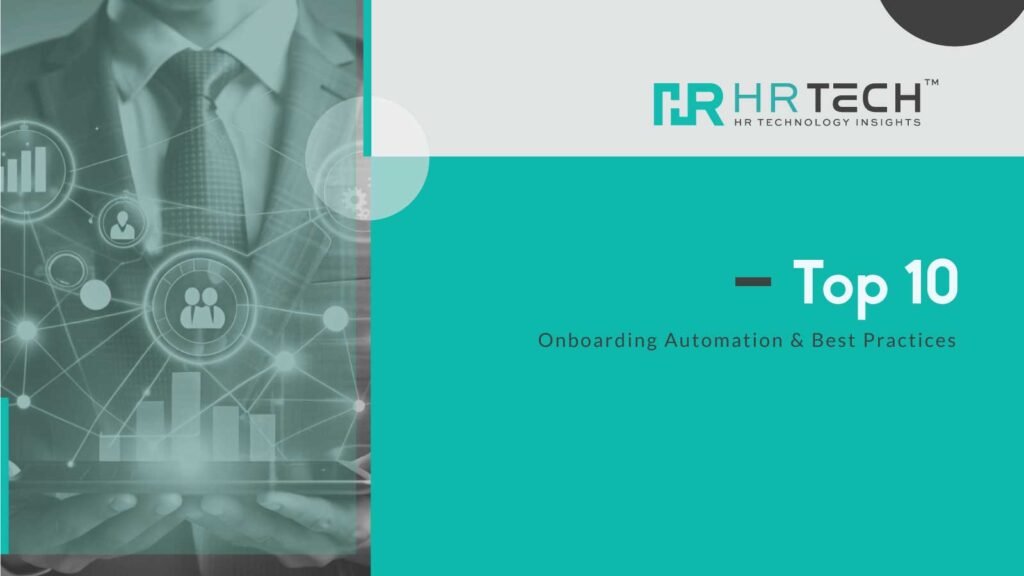Introduction
Due to the rising burden of onboarding potential employees, HRs are using onboarding automation and best practices. Automated onboarding is important as it reduces manual work and saves time associated with the conventional onboarding process. Adopting automation for onboarding has simplified and centralized the essential documentation and information. It also helps in ensuring a consistent and hassle-free experience for new hires.
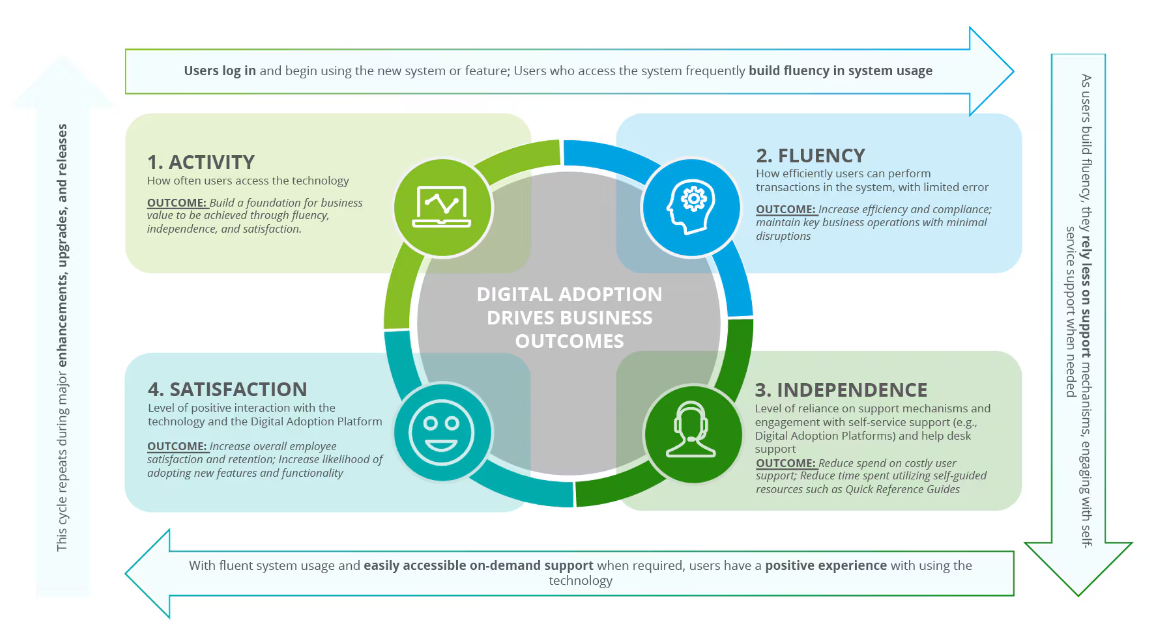
In today’s fast-paced work environment, catching and retaining talent has become a major challenge for organizations in all industries. With the rise in demand for skilled professionals, employers need to implement onboarding best practices to create an engaging and compelling employee experience.
Visit HR Tech Blog: Top 10 Ways How AI & ML Will Help HRs
Top 10 Onboarding Automation
#1. Deel
Deel is amazing and reliable software for onboarding employees and contractors worldwide. It is a full-scale HR platform that brings a global approach to onboarding automation. It also provides a secure and compliant solution for various-sized businesses to automate workflows, manage employee data, and set up local payroll and benefits.
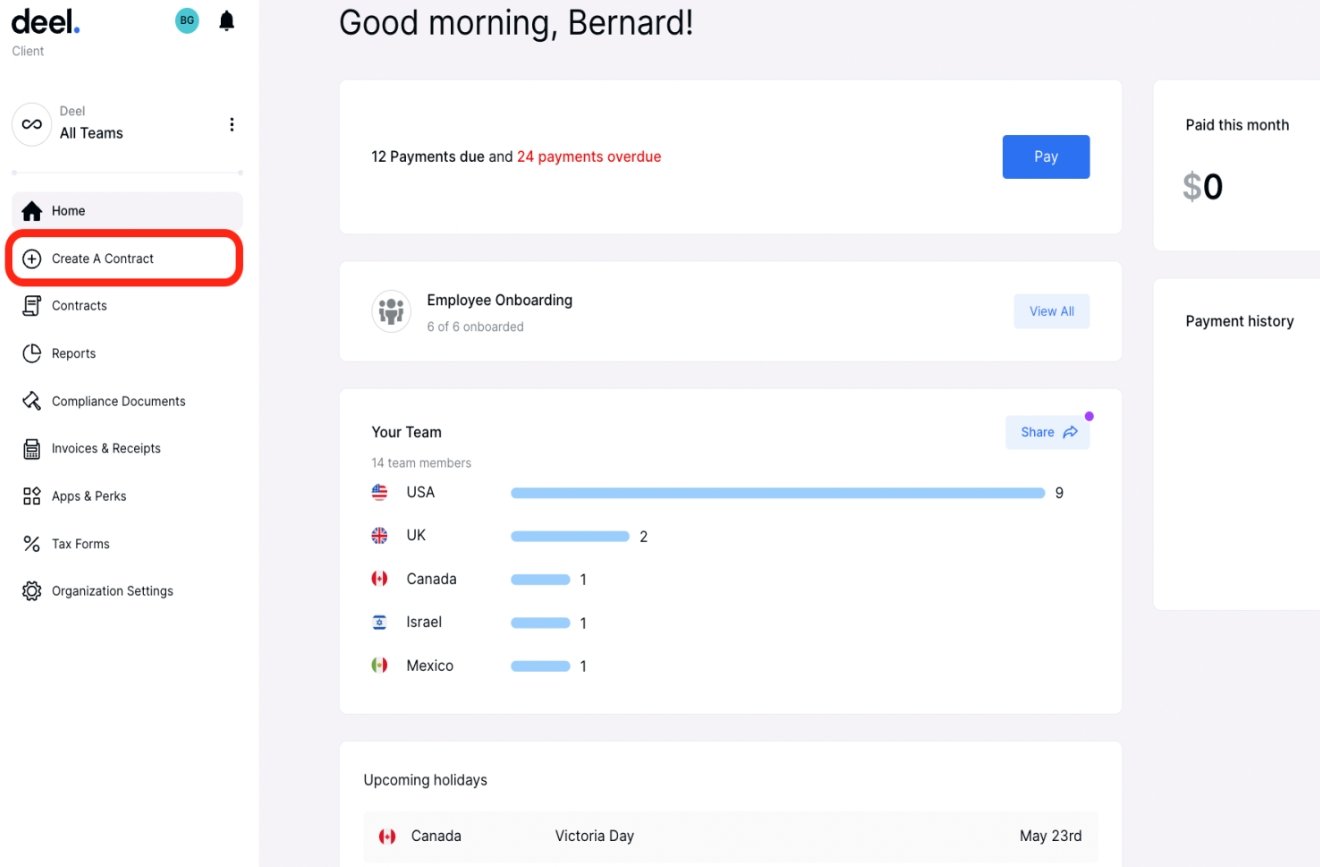
#2. Connecteam
This onboarding software is best suited for mobile use and onboarding field employees. Its dynamic HR hub supports HR departments in offering new hires an in-depth onboarding experience.
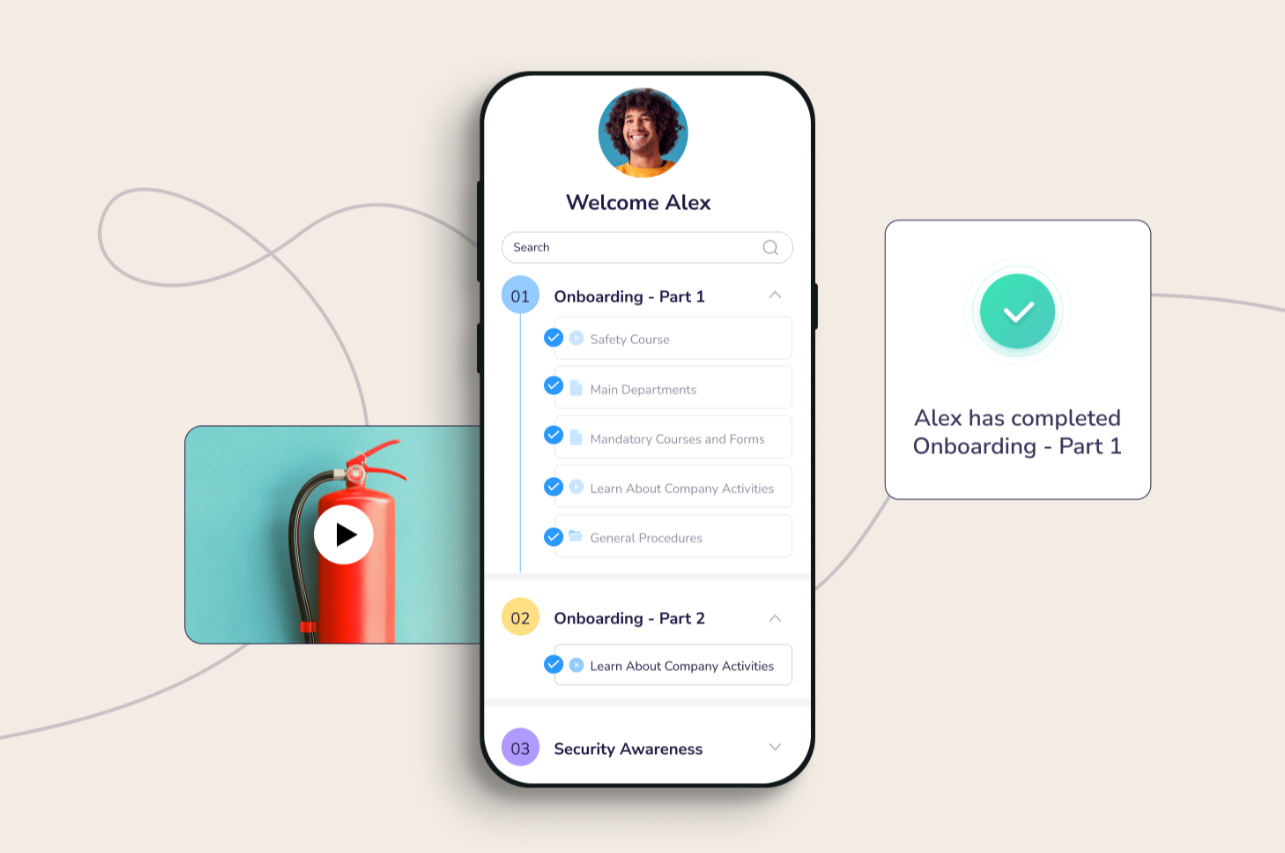
#3. Greenhouse
Greenhouse is well known for linking the hiring and onboarding workflows within the organization. This tool is customized to assist HR teams in managing the entire recruitment process, from job posting to onboarding new hires.
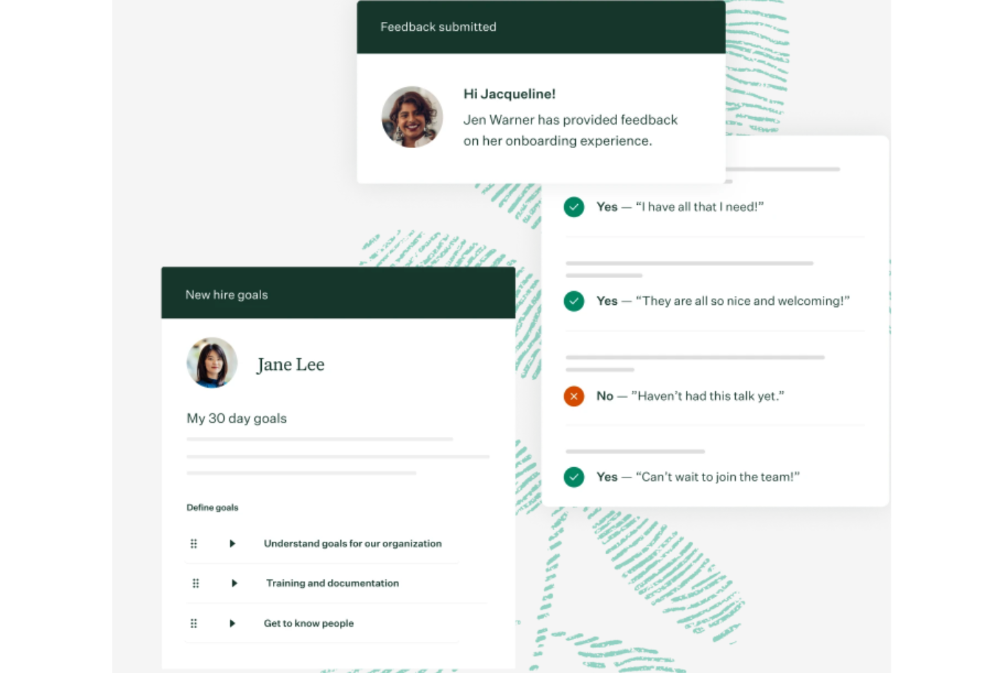
#4. BambooHR
BambooHR is an onboarding automation tool best suited for startups. Its simple UI makes it easy for first-time users to use. This tool can also be broken down by department, job, location, and other factors.
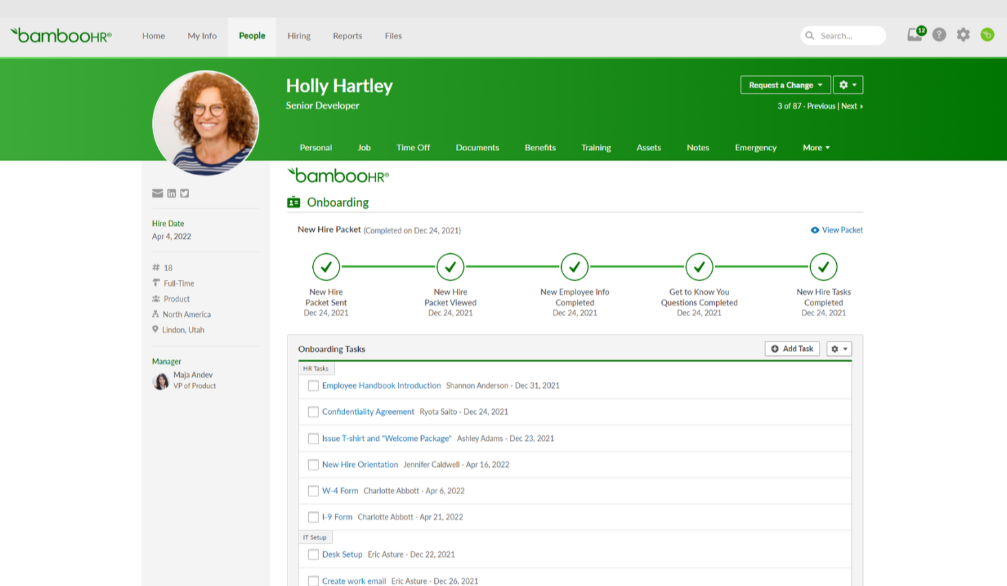
#5. Workable HR
It is one of the leading ATS for recruiters and offers the best workflows for customizable onboarding processes. It also allows HR teams to personalize the onboarding process to fit into various departments and roles.
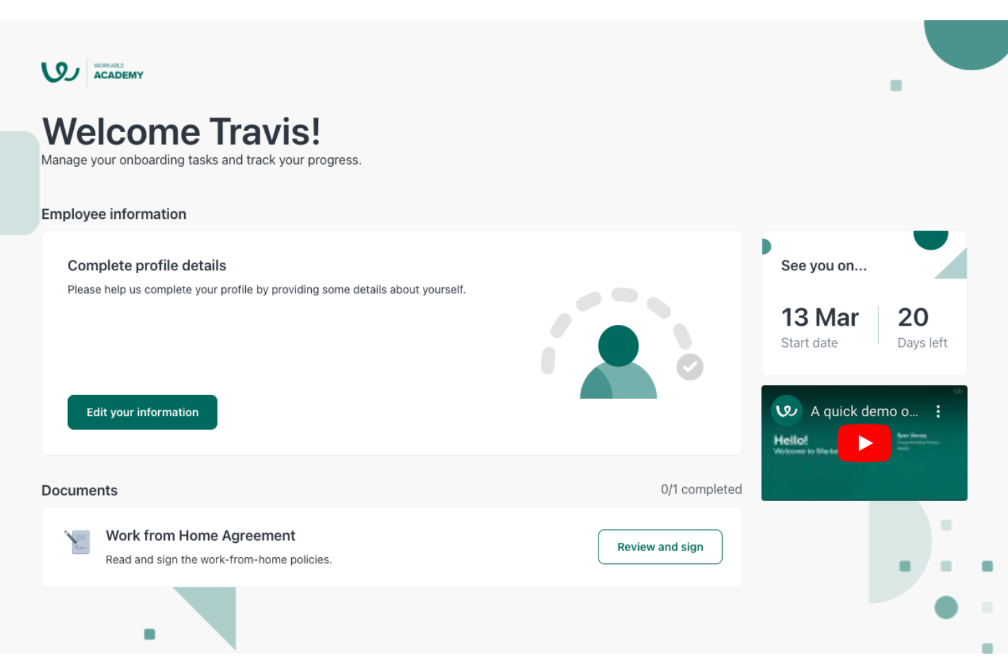
Visit HR Tech Blog: Top 10 Tips On How AI Will Build A New Era Of Employee Experience Platforms
#6. Workleap Onboarding
This tool helps with AI-generated templates for onboarding. It helps in automating and optimizing the onboarding process in a few clicks. It also ensures collaboration among teams in order to develop actionable onboarding plans.
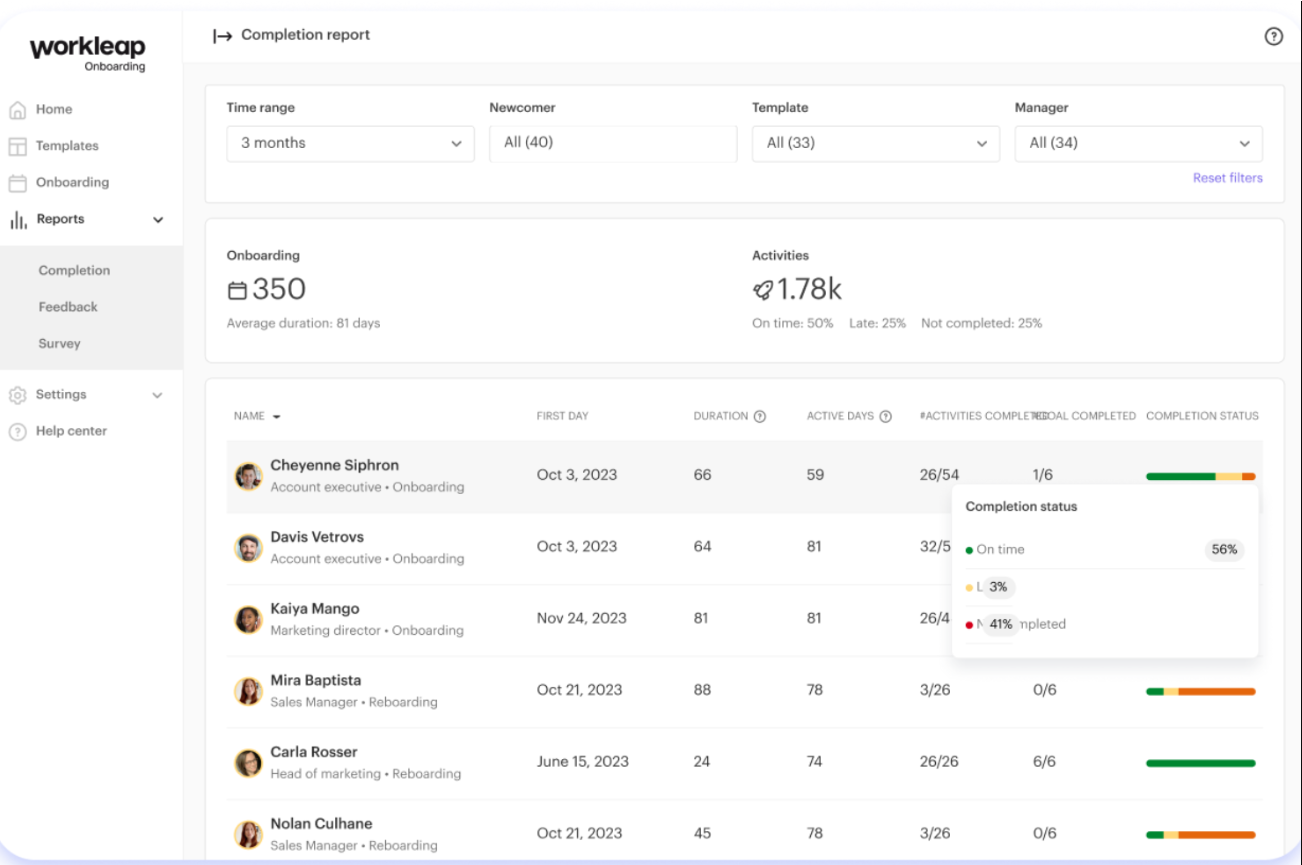
#7. Skuad
Skuad helps the organization save time by giving an overview of your company, goals, shared values, and attitudes. It helps in building a compliant onboarding process to offer the new hires a ground running in no time.
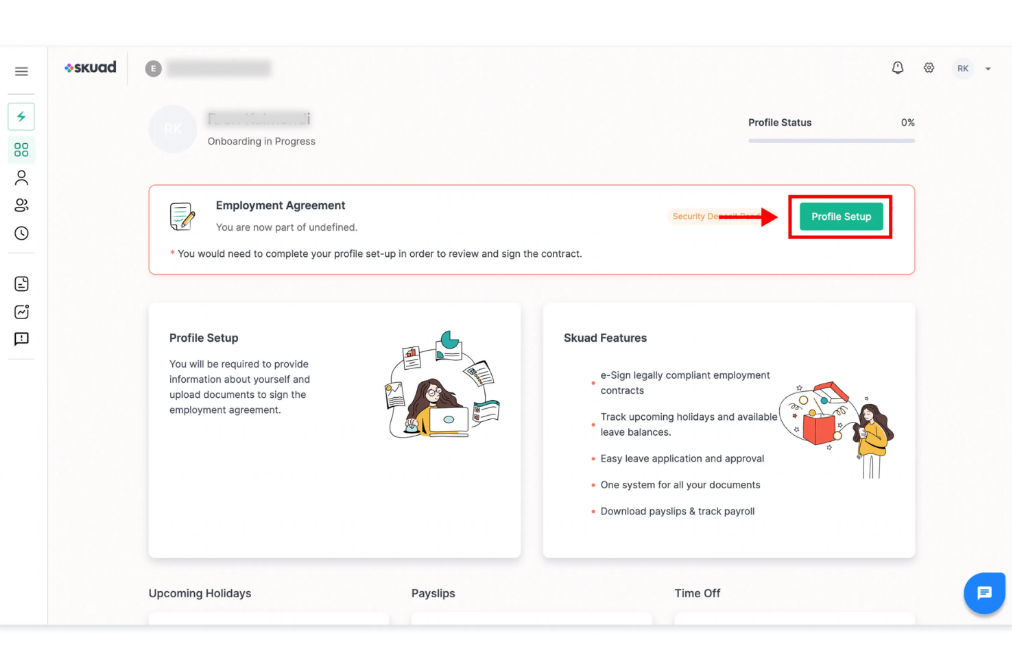
#8. ClearCompany
This software is a comprehensive talent management system, which fits well for a paperless adaptable, and mobile-friendly onboarding experience. This tool saves organizations time and money.

#9. GoCo
It is an employee onboarding software that also automates tasks and offers a smooth experience to your new hires. This software is the best fit for companies adopting digital onboarding.
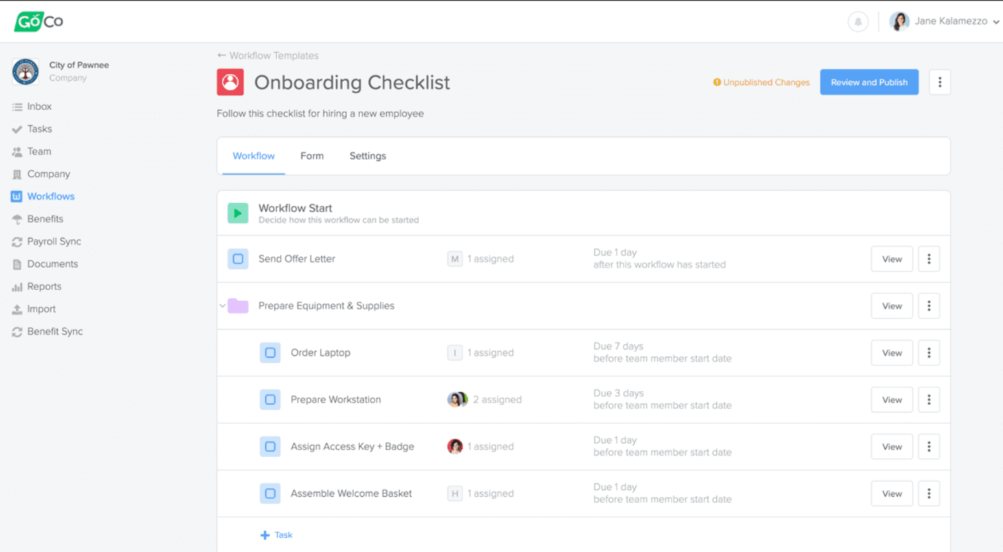
#10. WorkBright
WorkBright is best suited for companies that hire high-volume candidates. It helps pace up the transition process from offer letter to onboarding cutting almost 80% of the time from the process.

Onboarding Automation Is The Butter That Makes The Process Smooth
Many big-sized companies hire in volume, thus requiring onboarding automation to experience hassle-free onboarding for the employee as well as the employer. It helps you integrate your new employees with training, paperwork, and initial tasks. Onboarding automation tools assist organizations in organizing all elements of the hiring, orientation, and onboarding process, offering a smoother experience.
Visit HR Tech Blog: Top 10 Technologies To Help Get High-Quality Volume Recruitment
Top 10 Onboarding Best Practices
Onboarding new hires may sound easy but consumes a lot of time. Therefore, organizations need to adopt advanced onboarding processes to offer seamless and effective experience. To make the onboarding process even more efficient, an organization should follow best practices such as:
#1. Set The Stage Early
One of the most efficient and best practices is preboarding, which means the period before the onboarding of a new candidate. This phase helps organizations create a positive impression and develop the trust of new employees.
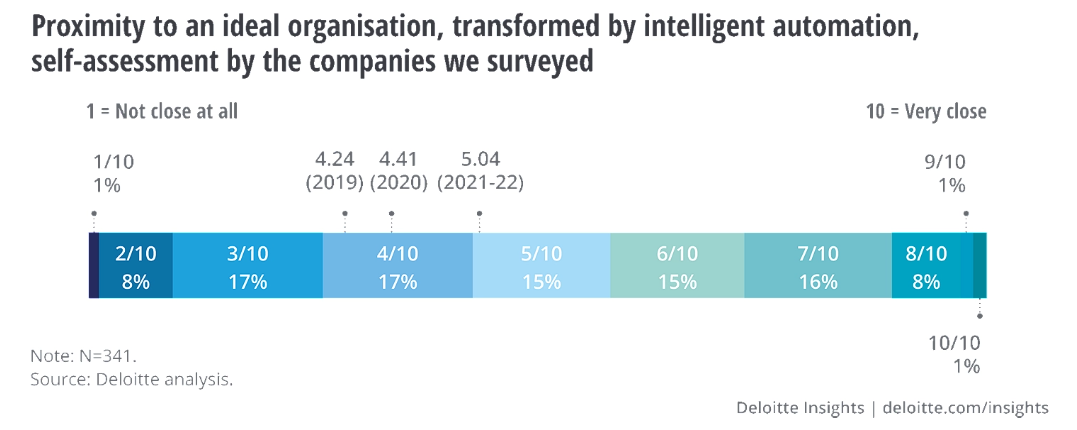
#2. Introducing a Warm Working Environment
As soon as the new hire is onboarded, it is time to put them in an atmosphere that encourages camaraderie and productivity. Developing and catering to a welcoming and comfortable work environment is also one of the best onboarding practices.
#3. Go For A Stress-Free First Day
No new hire wants to begin their new job with a fussy first day, make sure to only implement the relevant activities on the new hire rather than burdening them with numerous tasks.
#4. A Comprehensive Orientation
One of the best experiences for an employee is their orientation as it is the foremost event that takes place after their onboarding. This marks the official start of the new rookie and makes them aware of the departmental orientations.
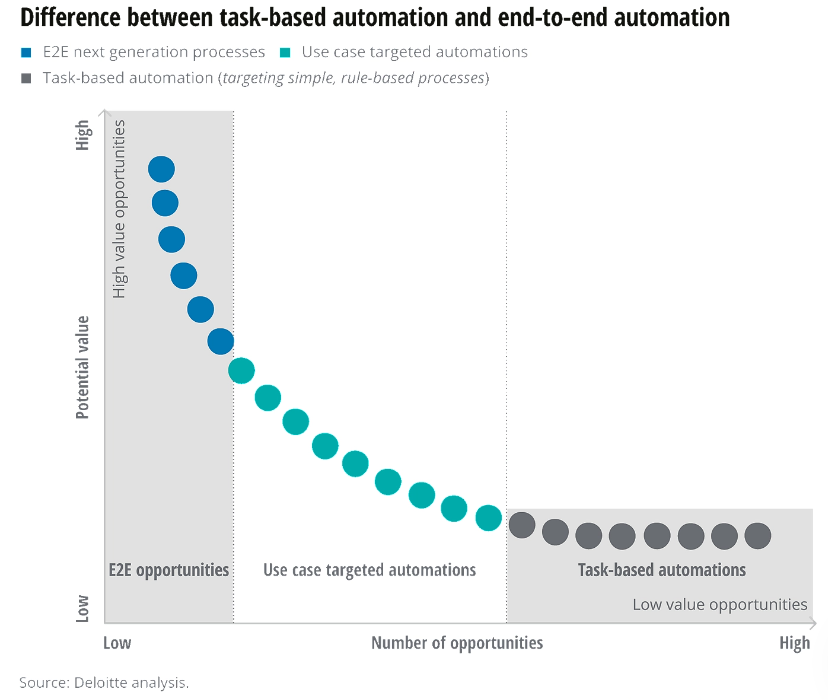
#5. Create Onboarding Plans
The training cost for the new employee is not cheap; thus, organizations need to implement a strategic onboarding program that makes an impact on the new hire.
#6. Don’t Pile Up Work From Day 1
To process better and offer a comfortable yet thriving atmosphere to the new hire, the company needs to know how to apply work pressure. Companies should begin at the beginner level and gradually introduce workload so as not to make the new hire feel overwhelmed.
#7. Encourage Connection Building
A key strategy to enhance the onboarding process is to empower employees’ connections with peers and managers across the organization. This could be done through team-building activities, cross-functional interactions, and out-of-work social gatherings.
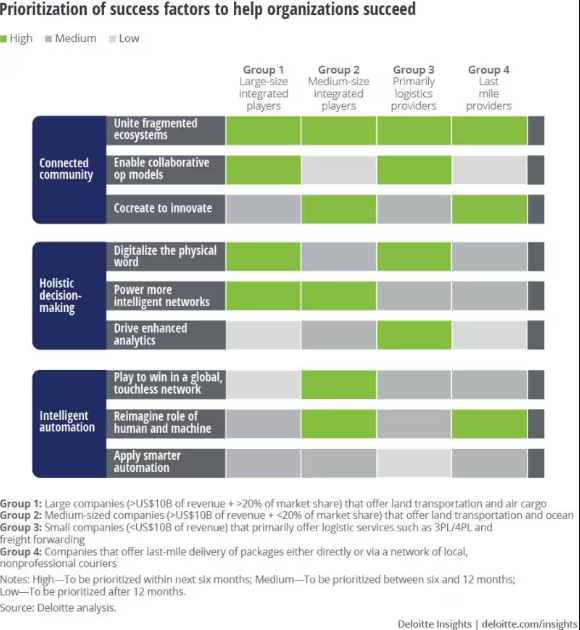
#8. Provide Support & Feedback
Providing constant support and feedback will help the new hire feel confident and improve without feeling left out. Feedback helps in improving the work pace and benefits the employee and the organization.
#9. Build Flexibility & Stay Open To New Lessons
While onboarding best practices focus on great outcomes, not every program turns out to be a great success. One effective way to boost new hires’ training satisfaction is by addressing the room for adjustment and improvement.
#10. Nurture Professional Development
Most onboarding programs take 90 days, and other companies even stretch it to a year. However, this doesn’t imply that training stops here. Improving employee skills becomes helpful for the future work.
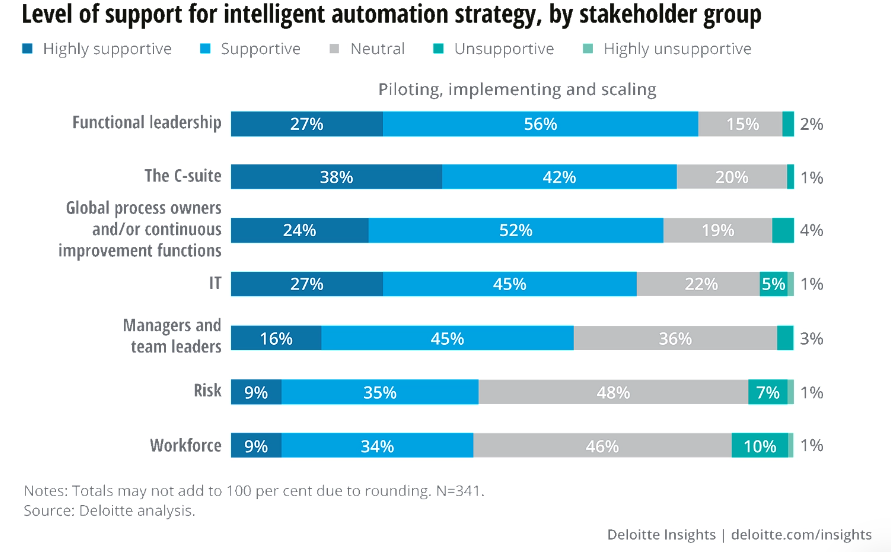
Conclusion
Companies should aim to create a warm working environment by conducting formal and informal introductions and training sessions. This phase also includes sharing essential information and offering necessary training and materials, which helps the new employee feel welcomed and encouraged from the outset. With remote and hybrid work settings, offering efficient onboarding has become a task. But, with the help of some onboarding best practices and automation tools, it has become easier.
To share your insights, please write to us at news@intentamplify.com


